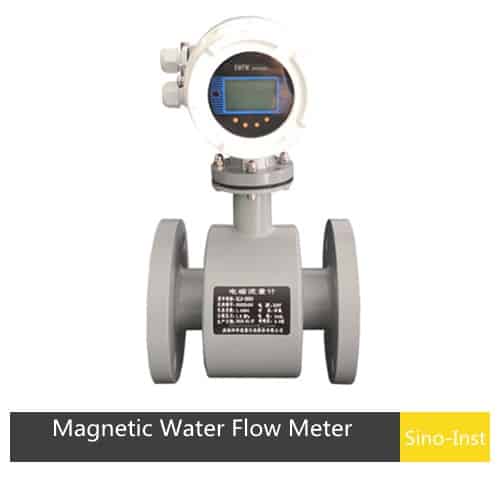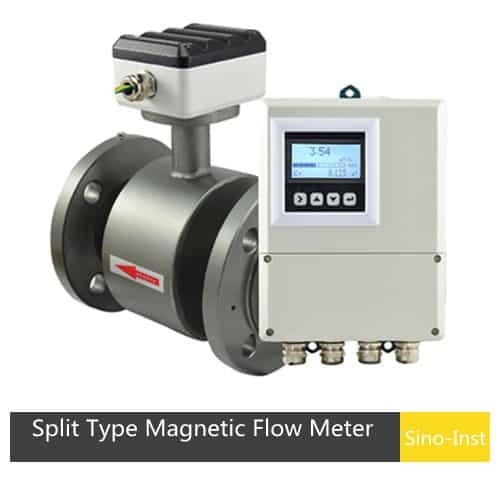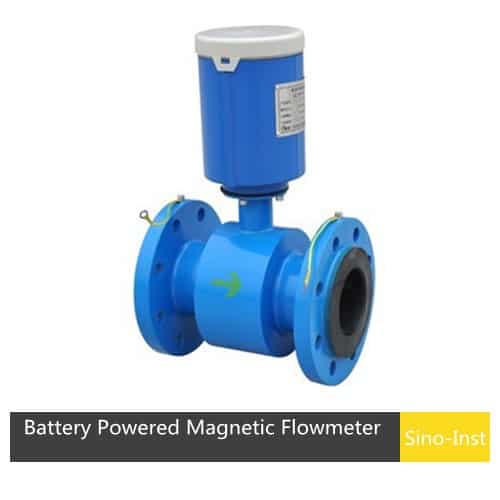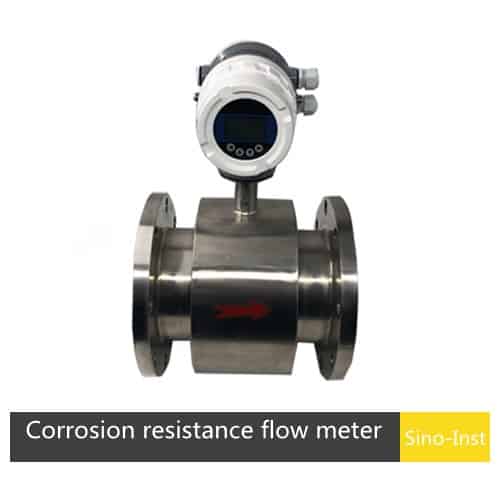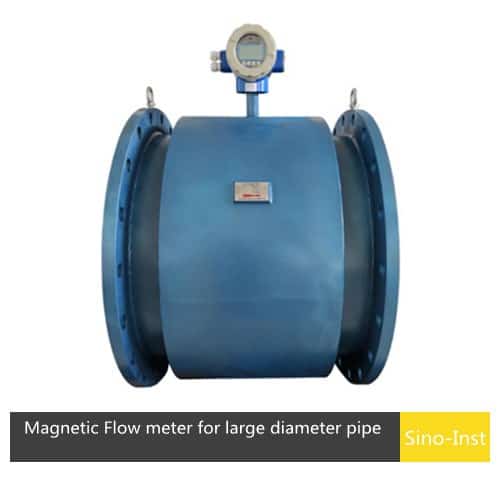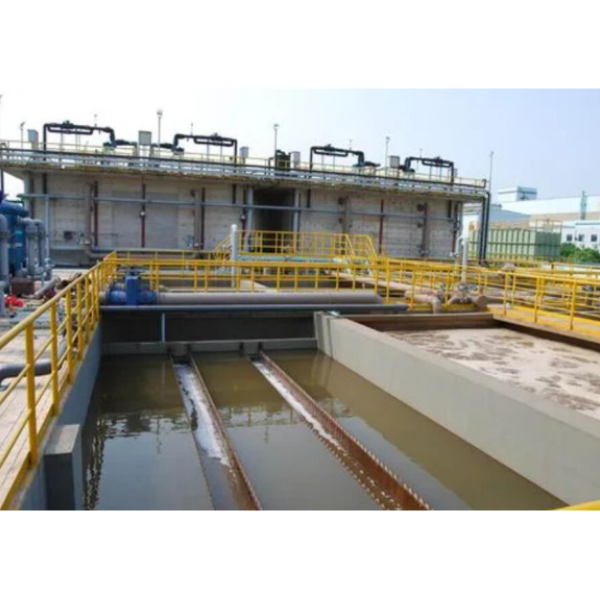
The development of the Paper Mill industry has always been limited by raw materials. With the strengthening of environmental protection requirements and the protection of forest trees, the proportion of wood pulp in raw materials is getting smaller and smaller. The main raw material for pulping in papermaking enterprises is waste paper pulp. Modern paper industry is a capital, technology, energy-intensive industry with large-scale production. It has the characteristics of strong production continuity, complex process flow, high energy consumption, large amount of raw material processing, heavy pollution load, and large investment.
Paper Mill Flow Measurements
For paper mills, flow measurement and control are important.
To measure the pulp flow into the paper machine, the electromagnetic flowmeter can cooperate with the concentration meter as the feedforward of quantitative control of paper;
The pulp is measured in the pulp blending system, and the electromagnetic flowmeter can realize the continuous or intermittent control of the pulp blending ratio.
At present, most papermaking enterprises have gradually replaced traditional differential pressure flowmeters with electromagnetic flowmeters. Electromagnetic flowmeters dominate liquid metering in the paper industry.
This is because the measurement of the electromagnetic flowmeter is not affected by the fluid’s density, temperature, pressure, viscosity, Reynolds number, and conductivity changes within a certain range. It has a large measurement range and can cover two velocity distribution states of turbulent flow and laminar flow. This is unmatched by differential pressure flowmeters, turbine flowmeters, vortex flowmeters and other flowmeters.
For fiber suspension, the electromagnetic flowmeter can effectively suppress noise fluctuations and improve the accuracy of flow measurement.
Due to the simple structure of the electromagnetic flowmeter, there are no moving parts, disturbing parts and throttling parts that hinder the flow of the measured medium. There will be no problems such as pipe blockage and wear. When the measured medium flows in the sensor measuring tube, there is almost no pressure loss and only consumes 10~20W of electric power. For factories, this can significantly save energy consumption and strictly control the discharge of environmental pollutants.
The main basic process of modern papermaking is pulping and papermaking.
Pulping is the production process of using chemical or mechanical methods, or a combination of both, to dissociate plant fiber raw materials into natural color pulp (unbleached pulp) or bleached pulp.
Papermaking is the process of combining pulp fibers suspended in water into paper sheets that meet various requirements.
In the whole papermaking process, electromagnetic flowmeters are basically used in all sections
Featured Electromagnetic Flowmeters for Paper Mill Slurry Wastewater
Learn more about: Magnetic Flowmeter Technology
More Featured Water Flow Measurement Solutions
Application of Electromagnetic Flowmeter in Paper Mill Slurry Wastewater Treatment System
At present, waste water pollution in paper mills is a major headache. From raw materials to qualified finished products, almost every section cannot do without water.
Wastewater in paper mills includes effluent from pulping, bleaching, papermaking and recycling processes.
The sewage treatment process mainly achieves the purpose of sewage purification through biological oxidation, flocculation, sedimentation and other processes. Certain flow meters are required for measurement at each stage.
In the sewage treatment process, it is necessary to configure corresponding detection instruments according to the process requirements to form a reliable control system.
The waste water in the paper mill can be recycled after being purified and treated, saving water and electricity consumption in the factory.
In the wastewater treatment process, it is necessary to measure and control the discharge water, additives, sludge, etc., and the flow measurement is very important at this time.
Because the waste water contains impurities, is less corrosive, has large flow changes, and has a certain conductivity, it is suitable to use wear-resistant PTFE lining and 316L electrodes.
At present, most paper mills use flowmeters to save costs and better control the slurry ratio. More importantly, the environmental pollution is reduced by controlling the discharge of sewage, which is economical and efficient.
The intelligent pulp flowmeter is a high-performance, high-stability, high-reliability pulp-specific flowmeter suitable for the pulp and paper manufacturing industry.
The new “tungsten carbide infiltrated steel electrode” and high-performance lining material made by ion implantation technology, combined with high-frequency excitation technology, can provide stable measurement performance.
For pulp with strong interference, the anti-noise interference converter capable of peak suppression is used. It solves the troublesome flow fluctuation interference in the factory.
In addition, the correct installation and grounding of the electromagnetic flowmeter is also a prerequisite for stable flow measurement. Through the continuous innovation of technicians and field practice feedback, in the next few years, electromagnetic flowmeter will become the vanguard of the flowmeter market based on its own unique advantages.
-1.jpg)
